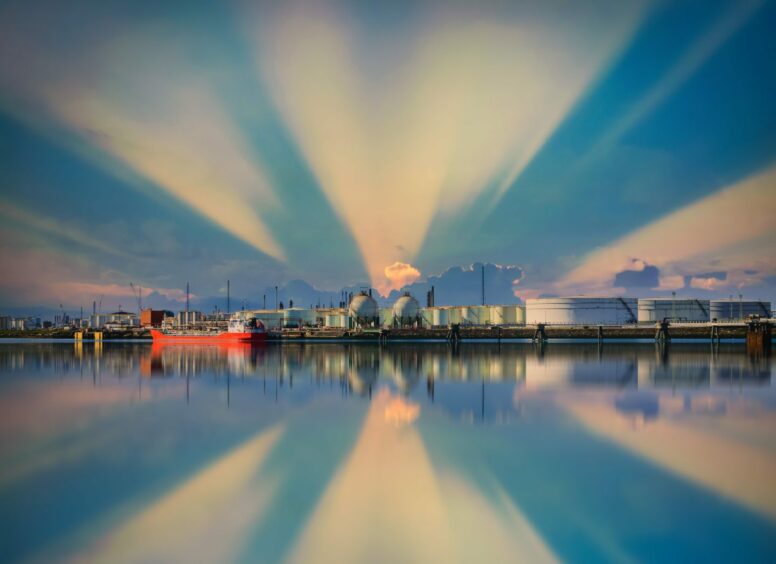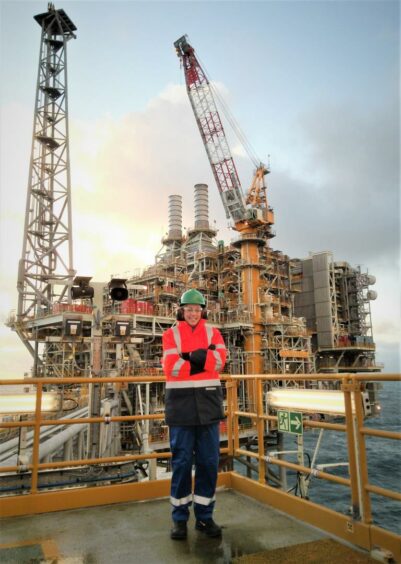
Some miles off the coasts of England, Ireland and Scotland, deep under the sea, lie rock formations which could be capable of holding up to 78 billion tonnes of CO2.
That’s enough space to hold two centuries’ worth of the UK’s current emissions.
Using and adapting North Sea expertise to store carbon could also provide thousands of jobs to communities from Teesside to Aberdeen, and a flourishing carbon import industry where we can help other countries reduce their emissions too.
Achieving this ambition is a key pillar of the North Sea Transition Deal, agreed with government last year. As part of this, OEUK is helping provide industry and governments with an understanding of what needs to be done to help companies in the UK receive the lion’s share of work in this carbon cutting technology.
This year, the North Sea Transition Authority (NSTA) launched a licensing round, offering up 13 areas suitable for carbon capture projects off our coasts – and said there would be many more to come.
There needs to be 100 or more such sites, especially if the UK is going to meet its net zero objectives. But to do this, companies need help today.
As a key tool in our decarbonisation toolbox, it could be worth up to £100bn to the offshore oil and gas supply chain by 2050. The UK is well placed to become a world leader in this game changing technology, but the supply chain is fragile. Its margins are low and over the years, heavy manufacturing has lost out to competition from overseas.
That’s why it’s imperative that we do this right and get our foot in the door before other countries, to seize the first mover advantage.
The UK already has three of the four physical components necessary to make CCS a great success: a potentially enormous market for exports of technology and expertise, large industrial clusters, extensive gas transport infrastructure, and a good scientific understanding of the geological requirements for long-term CO2 storage.
But the way we do business has to change, with CCS licensees engaging early with their supply chain. Open communication and collaboration will allow companies to see what’s over the horizon and plan accordingly. Government needs to approve projects rapidly so that clear strategic commitment can be given to provide companies with the confidence to build the transport and storage needed to make CCS a UK success story.
Above and beyond a strategic commitment to making CCS happen for UK companies, governments need to give confidence in the UK’s potential for clean energy. Supporting a stable regulatory and fiscal framework continues to be key to this and despite the continuing economic and political turbulence, governments need to demonstrate their ongoing commitment to delivering net zero by 2050, while recognising the role of domestic oil and gas production during this journey.
Another part of the answer is providing companies with foresight of opportunities and a clear classification system for this budding technology. OEUK’s ‘CCS and what is means for the supply chain’ report, published last week, has delivered just that.
It’s the first in a series of three reports looking at how the UK’s energy transition will not only cut carbon emissions, but generate jobs, energy security, and potentially huge export opportunities.
With the next two reports focussing on wind and hydrogen, they will create a blueprint for tomorrow’s low carbon offshore energy industry – blueprints that must be acted upon.
Recommended for you

 © Supplied by OGUK
© Supplied by OGUK